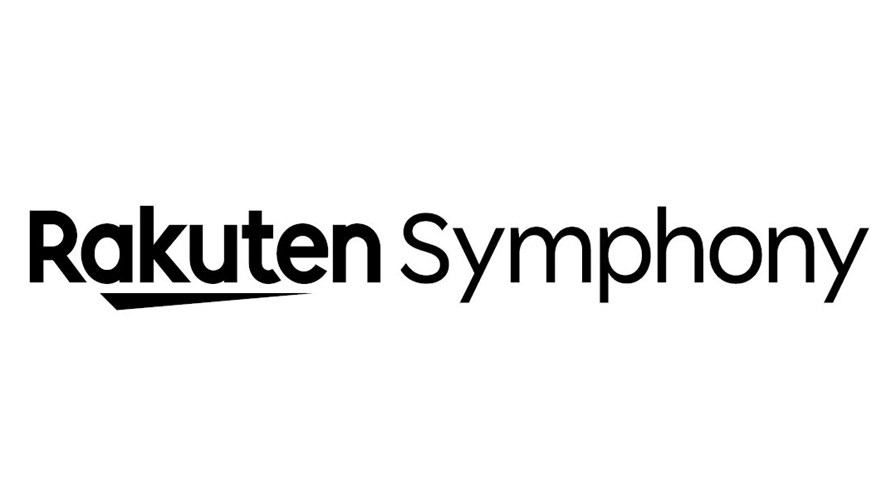
- Rakuten Symphony, Intel and Juniper team up to develop Symware
- NTT DOCOMO adds HPE to its 5G Open RAN ecosystem...
- ...as DOCOMO is handed additional assets and responsibilities
It’s a big day for news from Japan, as Rakuten Symphony gets stuck into some edge appliance R&D with Intel and Juniper, and DOCOMO adds to its Open RAN ecosystem as it takes on additional assets and responsibilities.
Rakuten Symphony, the soon to be standalone unit of Japanese operator Rakuten Mobile that is aiming to build on Rakuten’s networking developments in Japan and sell next-gen, cloud-based tech and supporting services to other companies around the world, has teamed up with Intel and Juniper Networks to develop Symware, a multipurpose edge appliance for Open RAN deployments that “combines the containerized cell site routing functionality and a containerized Distributed Unit on a single general purpose server platform, which significantly reduces the capital and operating expenditures for an operator.” According to Rakuten, by offering a “consistent carrier-grade routing stack across both physical and virtual Radio Access Networks, the solution readily enables 5G network slicing features both in RAN and transport domains including slice isolation, slice monitoring and dynamic traffic steering through segment routing.” The device, which is set to become available via Rakuten Symphony in the first half of next year, is designed to reduce the required hardware needed per site and enable the introduction of new functionality. Read more.
Still with Japanese Open RAN ambitions... NTT DOCOMO says Hewlett Packard Japan has joined its 5G Open RAN Ecosystem, “which now counts 13 partner companies” and which aims to “help expand Open RAN worldwide.” DOCOMO says the ecosystem members are “working to commercialize highly flexible and scalable virtualized RAN (vRAN) for open RAN, including for sale to telecom carriers outside Japan.” For further details, see this announcement. DOCOMO unveiled its 5G Open RAN Ecosystem at the beginning of this year: See NTT DOCOMO spearheads new 5G Open RAN Ecosystem.
And still with DOCOMO... the Japanese operator has been handed a bigger slice of NTT pie to help fulfil its international ambitions: NTT has formed the DOCOMO Group, which now also includes international comms and ICT services giant NTT Communications and systems integrator NTT Comware as well as DOCOMO. The aim is to create a more powerful company that can “strengthen the power of service creation” and “promoting DX [digital transformation].”
Orange says it had 10.8 million FTTH customers across its group operations at the end of September and that its FTTH customer base grew by 25.5% year on year, “driven in particular by France and Poland.” The detail came as part of Orange’s third quarter financial report: See this press release for further details.
Jessica Rosenworcel may become the first female chairperson to grace the FCC, but if she is appointed, she will also have been the longest delayed nominee since the days of Jimmy Carter. Now that long wait may soon be over as those “people briefed on the matter” have told Reuters that US President Joe Biden is expected to nominate the acting chair of the Federal Communications Commission to serve another term and designate her as the permanent chair, which he is obliged to do by the end of the year. If she is appointed, Rosenworcel will have a full agenda in her pending tray regarding net neutrality, broadband subsidies and more, as Martyn Warwick explained in September.
Following on from yesterday’s report on the mixed fortunes of the companies jostling in India’s competitive mobile market, it’s been announced that India’s Department of Telecommunications (DoT) has revised the amounts due to the government from its “Unified Licence (UL) Agreement for calculation of Adjusted Gross Revenue (AGR) for computation of licence fee.” It’s complex, but essentially the Indian government has been skimming off a goodly chunk of telco revenue as a telecoms license fee. Now the DoT has announced reductions in these payment obligations, which should help to improve the dire state of the mobile operators’ finances. At issue was the definition used to calculate ‘adjusted gross revenue’ (AGR). The old AGR definition - upheld by the Supreme Court - had burdened the industry with INR 1.47 lakh crore (USD 20 billion) levied on operating telecom service providers, including Bharti Airtel and Vodafone Idea, and had pushed the sector into financial crisis. Following the DoT decision, Applicable Gross Revenue will be calculated as Gross Revenue minus revenue from operations other than telecom activities, such as Income from the USO fund, bad debts, excess provisions, interest, dividend, capital gains, income from property rent, and so on. Happy days are on the way back for India’s mobile operators.
With so many security breaches around the world, service providers may be forgiven for getting a little jumpy. South Korean telco KT Corp told the authorities that it suspected a DDoS attack when its network went down on Monday. The police started investigating but KT later found, after closer analysis, that the widespread outage was the result of a routing error and not a cyber attack. Services were restored more than an hour after the outage began, the Ministry of Science and ICT said in a statement.
- The staff, TelecomTV
Email Newsletters
Sign up to receive TelecomTV's top news and videos, plus exclusive subscriber-only content direct to your inbox.




